2018-04-20 by Jun Tai
The main reasons for the noise generated by the vane pump are as follows:
1. The vane pump is empty during operation (the air enters the pump body)
First check if there is a large amount of air bubbles in the fuel tank. If it is, you can confirm that the vane pump is empty during operation, check whether the hydraulic oil is enough, whether the filter is deformed or the oil is not enough. The most direct method is to clean the hydraulic oil. Under the circumstances, temporarily remove the filter to see if it can be eliminated.) Check whether there is any problem with the seal of the inlet pipe. After confirming that there is no problem, check whether the seal of the connection of the pump casing is crushed when changing direction. Finally, check. Whether the shaft seal is aging or damaged. If it is a new pump, after eliminating the above problems, it is possible that the pump casting has blisters.
2. The pump core components may be worn. Check the pump core components to see what is going wrong. Generally, the upper and lower oil distribution plates, the rotor, the stator are worn, and the blades are broken.
1. The upper and lower oil distribution plates, the reasons for rotor wear are as follows: A. The oil pumping capacity of the vane pump is insufficient (the oil pump suction height is too high: generally not more than 500mm, the hydraulic pump is not filled with the pump body when the initial start, the oil pipeline is seriously sucked B) The hydraulic oil is seriously polluted, forming large chemical particles, the filter is broken, and foreign matter enters the pump body, causing wear. C. Matching oil disc and rotor, the matching clearance between the blades is too small. Because the materials of different parts of the pump core are inconsistent, the coefficient of thermal deformation is also different. The higher the temperature, the larger the gap, which may lead to direct direct between parts. Friction (this phenomenon is reflected in the short time that the vane pump is used for the first time). D. The output shaft between the output shaft of the vane pump and the motor is not concentric or between each other. This will cause the rotor of the pump core to pulsate and eccentric during the operation. This situation shows that the upper and lower oil distribution plates are unilateral. Wear and tear.
2. The causes of stator wear blade fracture are as follows: A. The system oil temperature is too high (generally controlled within 60 degrees Celsius), resulting in the friction surface between the stator and the blade cannot form a protective oil film, and the blade and stator (high pressure zone) during operation Direct friction between them is easy to cause wear (the phenomenon is that there is a wave-shaped wear mark in the high-pressure area of the stator). B. The hydraulic oil is seriously polluted, forming large chemical particles. The filter is broken and foreign matter enters the pump body, causing partial breakage of the blade and wear of the stator (not only in the high pressure zone). C. The hydraulic oil is too viscous, and the blade is not smooth during operation, that is, it cannot be pulled out in time, causing uneven deformation of some of the blades and causing fracture. D. The selection and heat treatment of the stator and the blade are improper. If the heat treatment of the blade is too hard, the toughness is lacking. When the working pressure difference of the vane pump is too large, the blade may break through the pressure shock (mainly reflected in the same specification). The displacement of the vane pump, the larger the displacement of the blade, the greater the working area of the blade. The broken debris will directly damage the stator, and the blade will be worn too early due to the blade being too hard.
3. The bearing is loose, and the reason for the shaft seal leakage is as follows:
A. When the vane pump output shaft is installed and the motor output shaft is different (the motor output shaft is deformed, the coupling is not concentric, the vane pump has a too large positioning clearance, the mounting screw is not tightened, etc.) or stands against each other. When the vane pump is working, the radial force is too large or the bouncing (irregular operation) damages the bearing and the shaft seal. If not treated in time, the pump core parts will wear out and be scrapped. B. The motor bearing has been worn out. This phenomenon cannot be judged when the vane pump has no load. It is normal at no load. When the motor is running, the output shaft of the motor swings due to the gap, which drives the vane pump output shaft to oscillate and damage the bearing and shaft seal. . C. Improper assembly, because the vane pump is running at high speed during operation, such as improper assembly (installation is not in place or the shaft package is biased), it is easy to cause damage.
B. Pressure swing is when the vane pump is working, the pressure of the system is unstable. As long as the pump has no abnormal noise, it should be the problem of the total pressure valve (relieving valve). Check whether the spool of the total pressure valve is checked. Wear and damping, if there is any foreign matter blocking; if the pressure swings due to the wear of the pump core components, the oil pump will have abnormal noise when working.
C. System pressure reduction means that the vane pump can reach the predetermined pressure when it is working, and the pressure will gradually drop during operation, resulting in the system not working properly. If this phenomenon occurs in the initial installation of the pump, it should be caused by leakage of the control valve of the system or excessive oil temperature. If the above problems occur after using for a period of time, it is necessary to check whether the upper and lower oil distribution plates are worn (very flat). Wear) If the oil gap between the upper and lower oil distribution plates is too large and the oil temperature is too high (the mucous membranes are not self-sealing), the leakage of the control valve will cause the system to lose pressure.
D. No pressure means that the blade pump works without pressure. First, check if the vane pump has hydraulic oil. If not, check if the working direction of the pump is correct. The coupling between the motor and the vane pump is connected. Whether it is normal, whether the shaft positioning screw is tightened and works, whether the blade is too high in hydraulic oil viscosity to be able to pull out normal work; check whether the pump core rotor and the blade are burned to fail to get out of normal work, and loosen the oil pipe joint to see if There is hydraulic oil coming out. If there is any, the pump is basically no problem. The problem is that the control valve is seriously leaking and the total pressure valve (relief valve) is invalid.
D. The reason why the system oil temperature is too high is that the pipeline of the system is too small, the pressure is too high, the hydraulic oil cannot be discharged in time, the cooling system does not meet the requirements, and the vane pump is trapped in oil, which is reflected in the pump body and system oil temperature. High, according to the actual situation, increase the system piping, or reduce the pump displacement (replace the small displacement pump core), adjust the cooling system to increase the cooling effect.
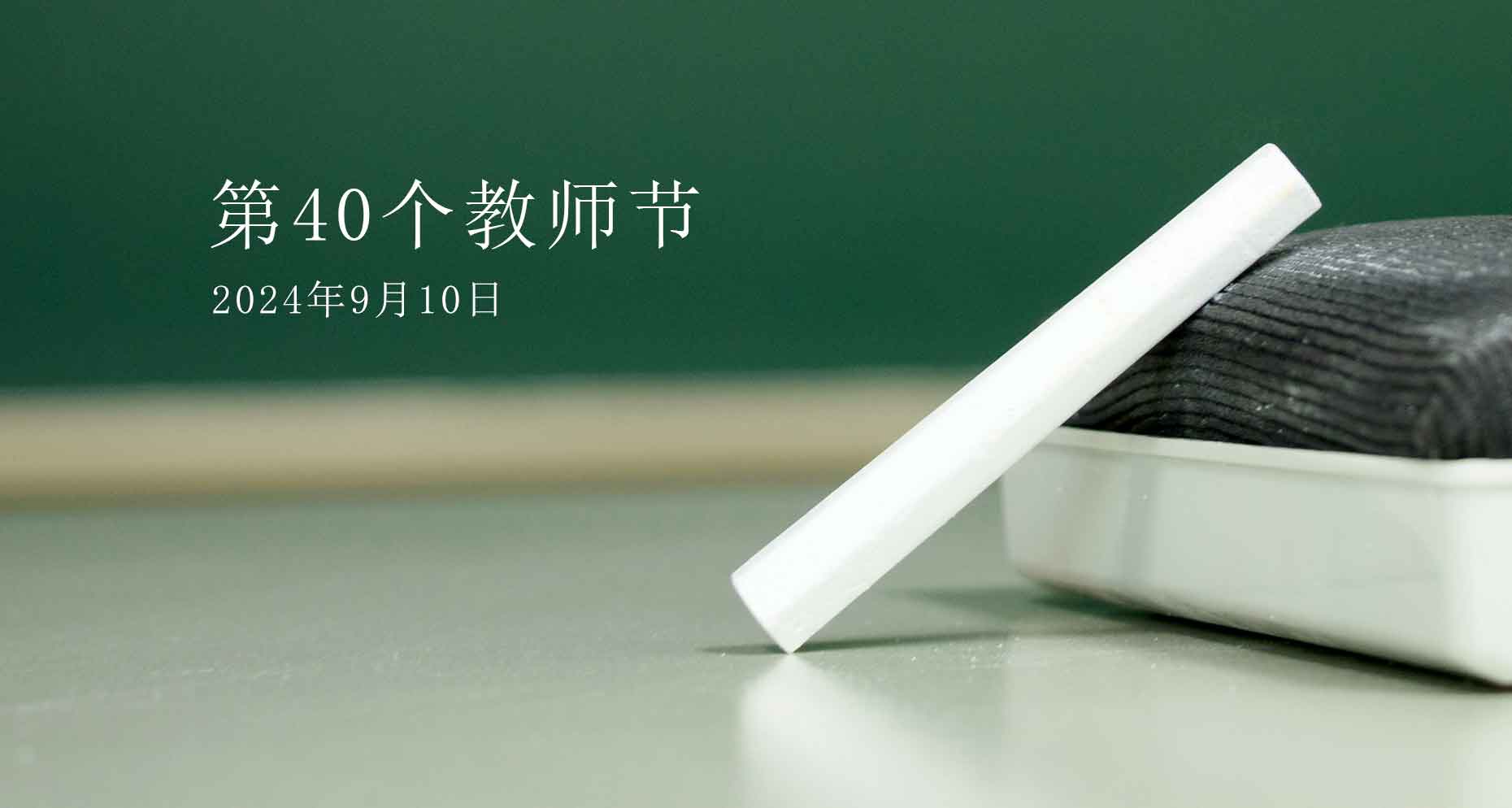
Teacher's Day: Salute to every guide in life!
2024-09-10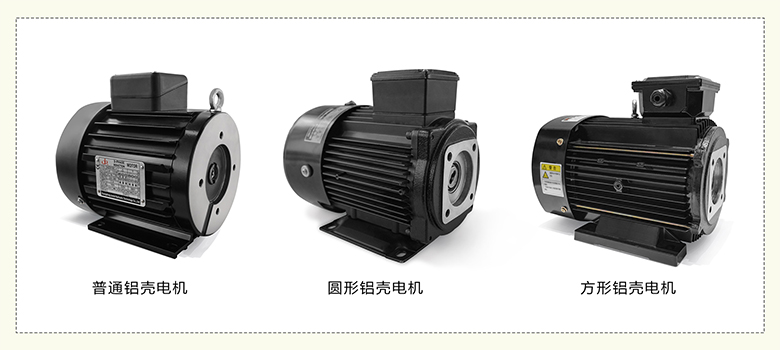
Juntai aluminum shell motor: the cost-effective choice!
2024-08-15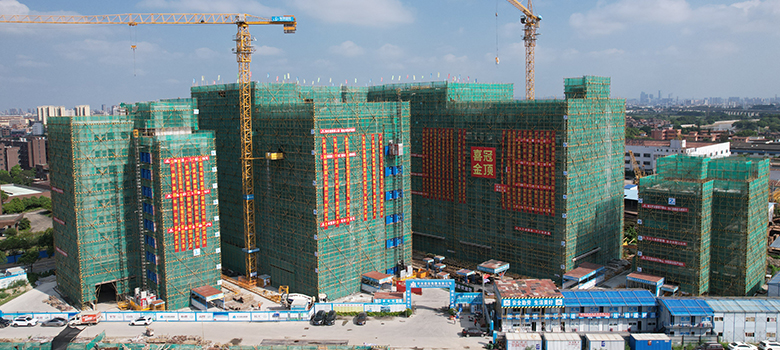
Craftsmanship Precision Casting Wedding Seal Gold Item | Juntai Hydraulic Capping Ceremony Successfully Completed!
2024-08-12
On Army Day, we pay tribute to the glorious years of August 1st!
2024-08-01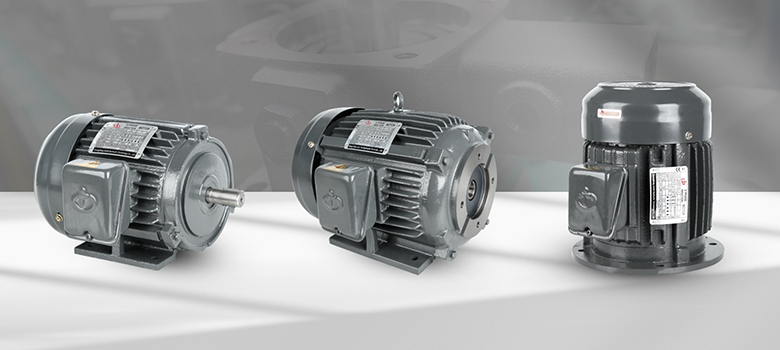
Juntai internal mesh gear pump: energy-saving first choice!
2024-07-31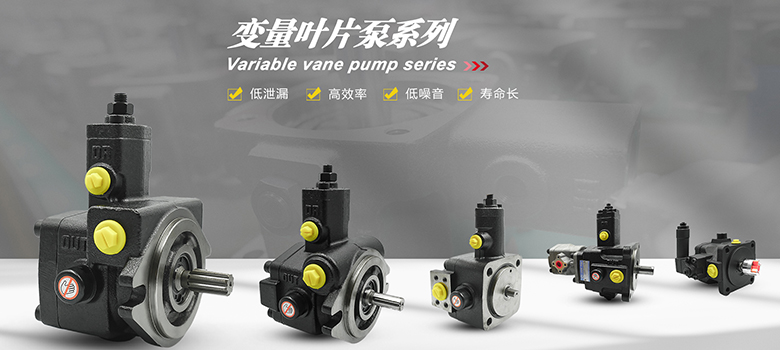
Juntai hydraulic pump: the source of power, energy-saving first choice!
2024-07-18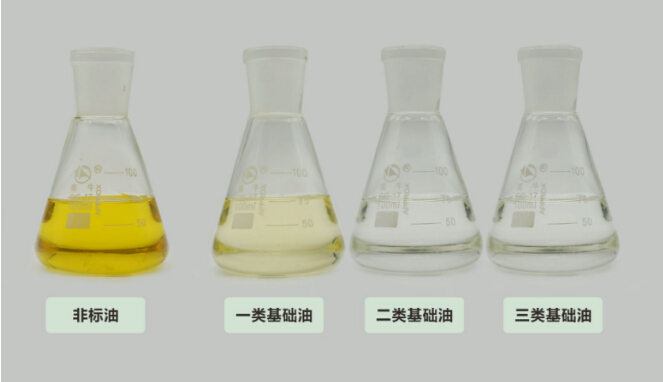
What is the difference between low-priced hydraulic oil and genuine hydraulic oil?
2018-06-29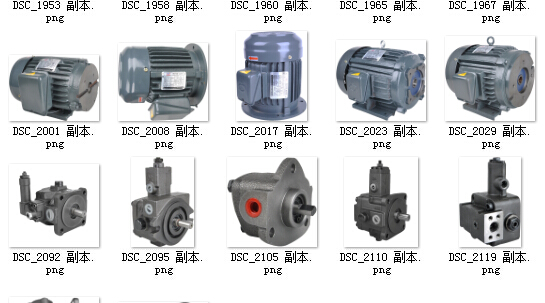
Common faults in the operation of hydraulic components
2018-06-29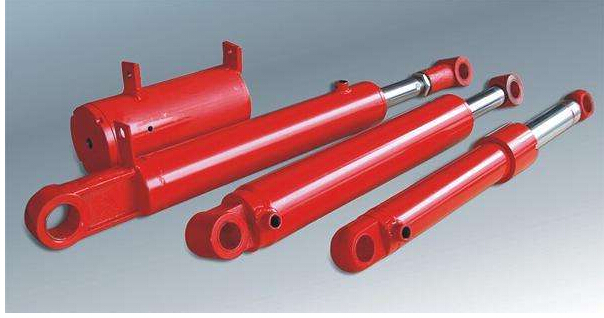
There are several points in the role of the hydraulic cylinder guard!
2018-06-29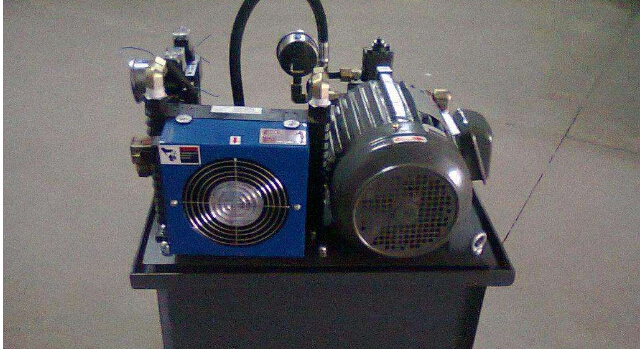
Analysis of the cause of the leakage of the hydraulic system
2018-06-29